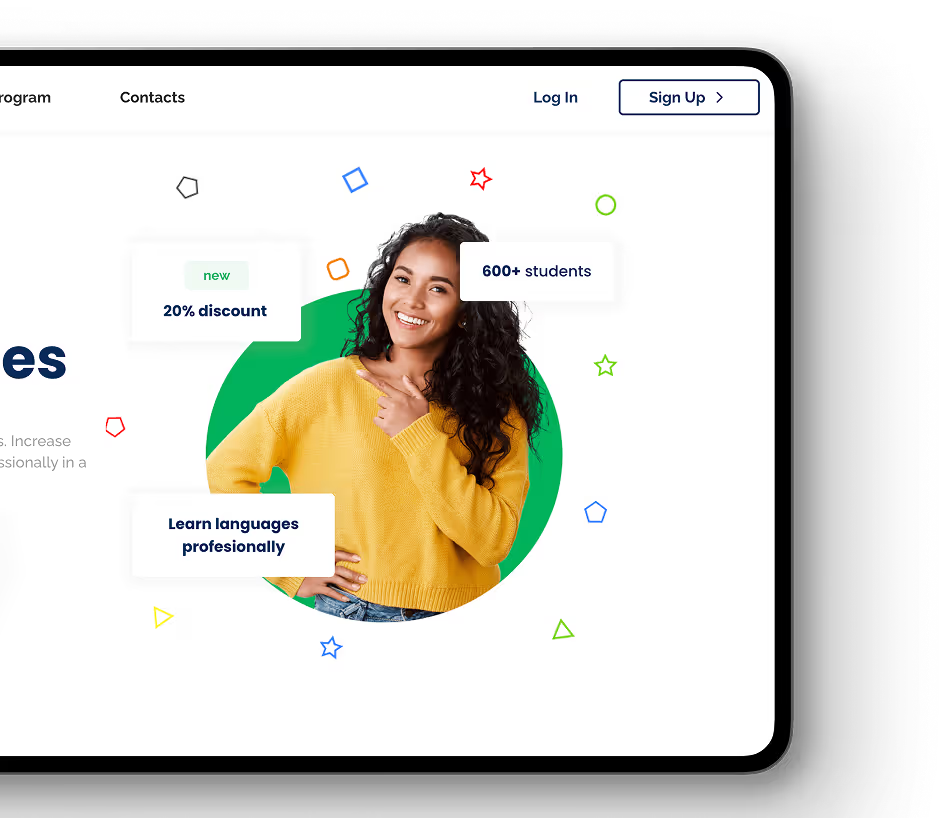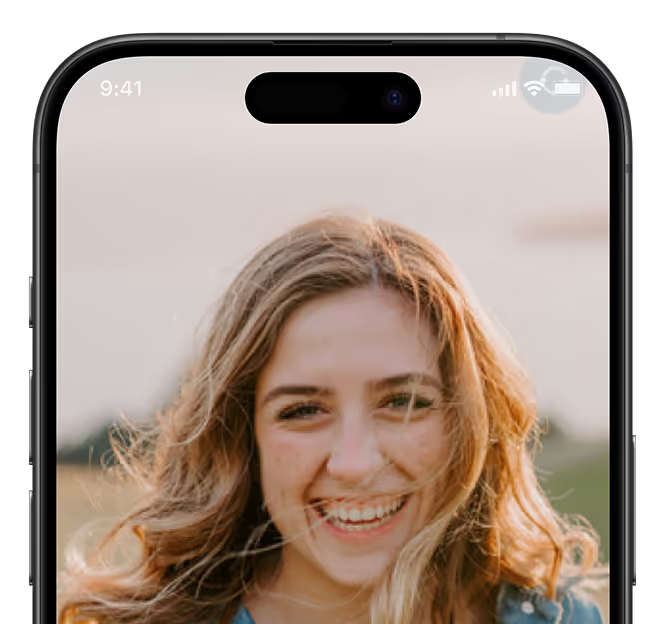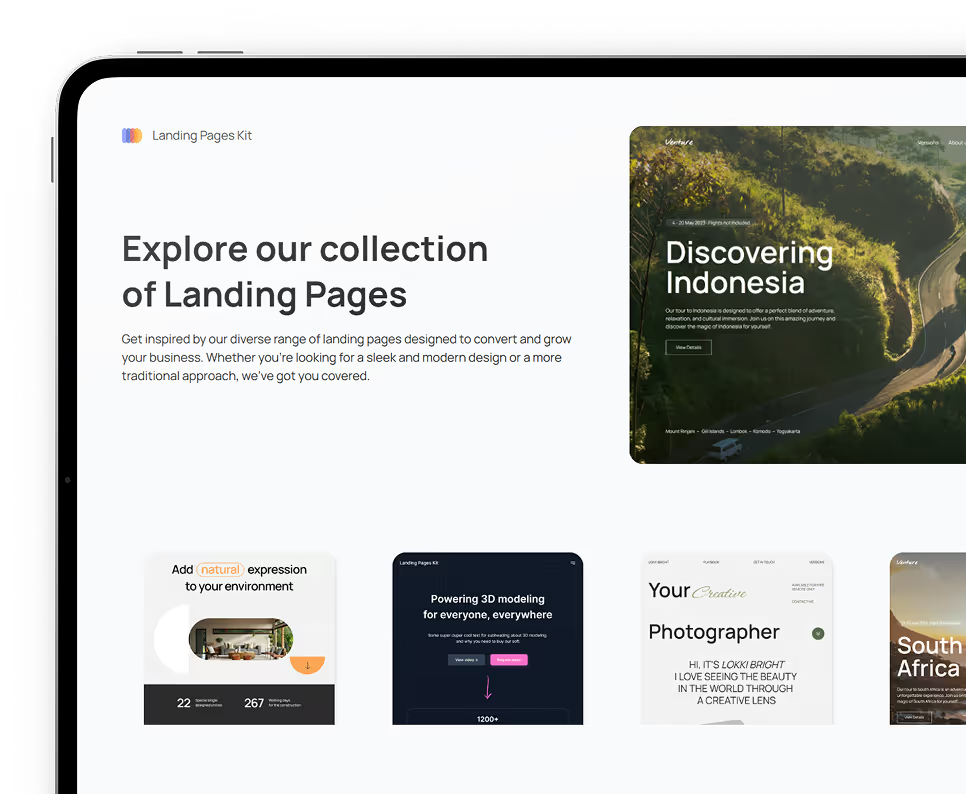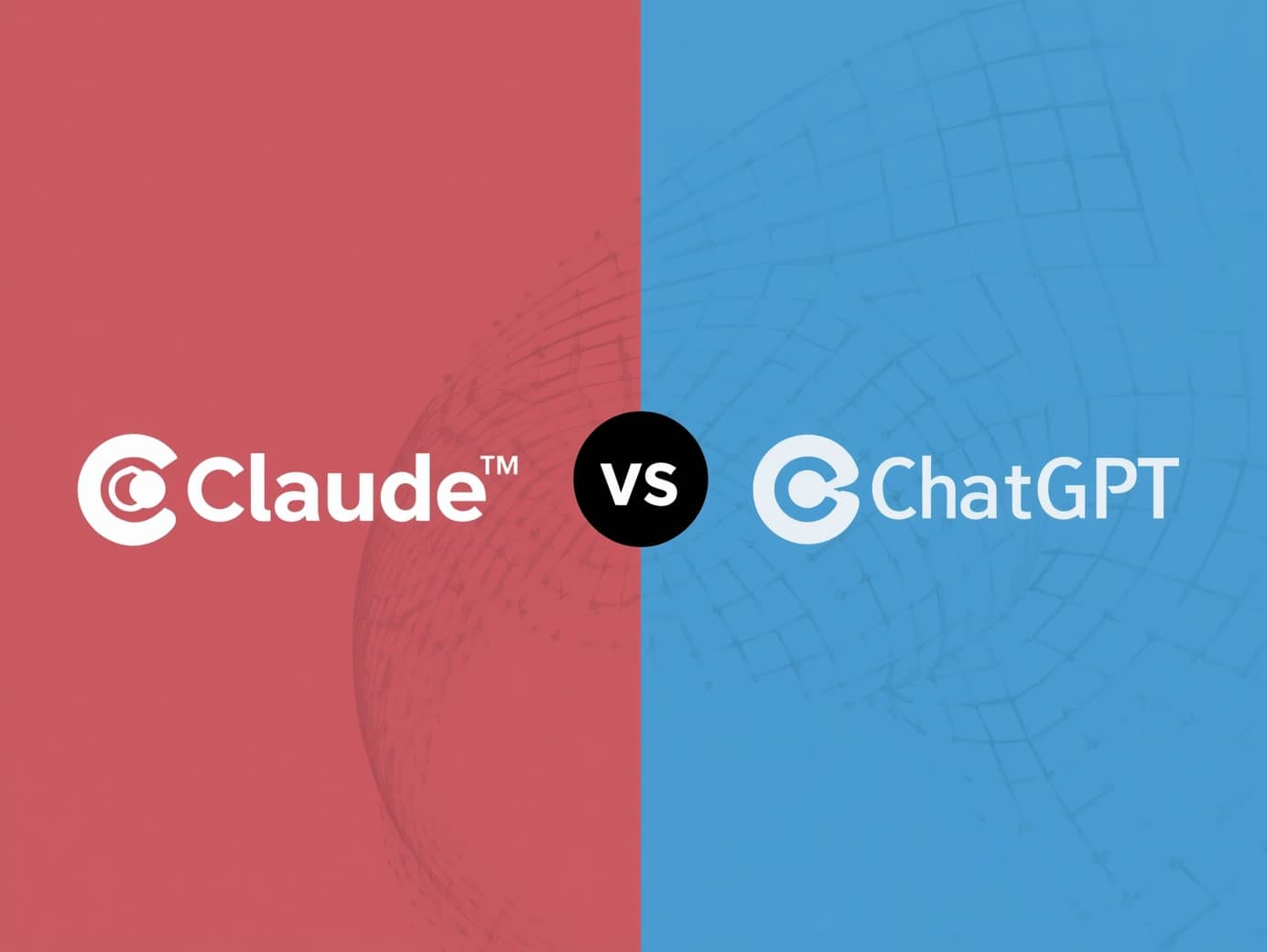April 1, 2024
•
10 Mins
min read
SPAs: The Ultimate Guide for Single Page Applications
SPAs have emerged as a powerful solution for delivering dynamic and interactive web experiences, with platforms like Bubble.io offering innovative approaches to development.

Introduction to Single Page Applications (SPAs)
A Single Page Application (SPA) is a website that updates content on one page. It does not load multiple pages for different actions. In SPAs, the app responds quickly to user actions using JavaScript, creating a better user experience with smoother interactions. Developers increasingly favor them for building modern web applications and widely use them across various industries.
We mentioned SPAs previously in our Custom Mobile App Development article. Now, we will delve into this matter.
Single Page Applications load faster by reducing server round-trips with dynamic loading and client-side rendering. They offer smooth navigation through techniques like routing, providing seamless transitions between views. SPAs provide great user experiences with animations and real-time updates. They work well with RESTful APIs to exchange data efficiently between client and server.
Some Famous SPA Examples and Their Benefits
To grasp the concept of a Single Page Application (SPA), it's helpful to consider some familiar examples. Think of popular platforms like Netflix, Facebook, or Gmail – each of these operates as an SPA in its way.
Netflix
Netflix uses React to make streaming TV shows and movies smooth for users. This helps them watch without waiting or buffering problems. By leveraging React's capabilities, Netflix optimizes the performance of its single-page application (SPA), ensuring smooth navigation and rapid content delivery. Additionally, React's component-based architecture enables Netflix to efficiently manage and update its user interface, enhancing the overall viewing experience.

Facebook's news feed is a webpage that uses algorithms to show users new content. The algorithms are smart and adjust the content as users scroll or use different features. This method uses SPAs to show content without users leaving the page. It combines multimedia, updates, and interactive elements for a more engaging browsing experience.

Gmail
Gmail, a popular email service by Google, uses single-page applications to make its web interface more efficient. Gmail keeps users on the same page when writing new messages, reducing the need to reload pages and transfer data.
This makes responses faster and interactions smoother. This method improves user experience, reduces server load, and saves bandwidth. It makes Gmail more efficient and accessible on various devices and network conditions.

Key Features of Successful SPAs
Easy moving: SPAs should let users navigate smoothly between sections without reloading pages for a better user experience.
- Responsive Design: Ensures that single-page apps appear well on all devices and screens, with consistent functionality and layout.
- Fast Load Times: Prioritize performance optimization to minimize load times and ensure quick initial rendering, keeping users engaged and reducing bounce rates.
- Dynamic Content Updates: Implement real-time data updates and dynamic content rendering to keep the application's interface fresh and relevant, enhancing user engagement.
- Offline Support: Incorporate offline capabilities using service workers and client-side caching to allow users to access certain features or content even when offline or experiencing poor network connectivity.
- Accessibility: Design SPAs with accessibility in mind, ensuring that all users, including those with disabilities, can access and interact with the application effectively.
- Search Engine Optimization (SEO): Implement SEO best practices to ensure that SPAs are crawlable and indexable by search engines, improving visibility and discoverability.
Advantages and Disadvantages of Single Page Applications (SPAs)
Advantages of SPAs:
Single Page Applications (SPAs) revolutionize user experience online by offering faster loading times, seamless navigation, rich interactivity, and offline support. SPAs use asynchronous loading and client-side rendering for fast performance. Client-side routing allows smooth navigation between sections. SPAs also excel in delivering dynamic interfaces with real-time updates and animations, keeping users engaged and immersed.
- Fast & Responsive: SPAs load content quickly with asynchronous loading and caching, providing a snappy user experience and boosting engagement.
- Fast Development & Debugging: SPAs enable rapid development with frameworks like React, Angular, or Vue.js, speeding up iteration and deployment. Streamlined debugging processes enhance developer efficiency.
- Enhanced User Experience: SPAs offer seamless navigation, smooth transitions, and dynamic content updates, captivating users with an engaging interface.
- Cross-Platform Compatibility: SPAs work with a web browser on any device, ensuring broad accessibility. Frameworks like React Native or Ionic facilitate seamless transitions to native mobile applications.
Disadvantages of SPAs:
Users love single-page apps for easy use and data management, but they also face special difficulties. Here are some common challenges of single-page applications and ideas for addressing them effectively.
- Performance: SPAs may experience slower initial load times as they fetch and render data simultaneously. Implementing lazy loading and code splitting reduces the time to first render by loading only necessary resources initially.
- Memory Management: SPAs load the entire application logic in the browser, potentially consuming more memory. Techniques like garbage collection and memory profiling prevent memory leaks and optimize resource usage.
- SEO Challenges: Traditional SEO techniques may struggle with SPAs' dynamic nature. Implementing Server-Side Rendering (SSR) or dynamic rendering improves SEO performance by enabling effective content indexing. Here’s an article by ahrefs on optimizing SEO for SPAs.
- Browser Compatibility: To ensure consistent performance across browsers, developers should employ feature detection, polyfills, and progressive enhancement strategies to address JavaScript feature inconsistencies.
- Security: SPAs are prone to security threats like cross-site scripting (XSS) and cross-site request forgery (CSRF). Strengthening security measures with input validation, content security policy (CSP), and secure cookies helps mitigate these risks.
SPAs vs. MPAs: Understanding the Differences
The table below highlights the differences between Single-Page Applications (SPAs) and Multi-Page Applications (MPAs) across various aspects, providing insights into their respective strengths and weaknesses.
Popular Framework Trends for Single Page Applications
This table summarizes popular SPA frameworks used in 2024, highlighting their key advantages (PROs) and potential drawbacks (CONs).
How to Build a Single-Page Application
Building a Single Page Application (SPA) requires careful planning, thoughtful design, and meticulous execution. Here are the key steps and considerations for SPA development.
- Define Requirements and Design UI/UX: Outline your SPA's goals and design its user interface for easy navigation and interactions to meet requirements effectively.
- Choose and Set Up Development Environment: Select a JavaScript framework like React or Angular and configure your development environment with the necessary tools and dependencies.
- Develop Components and Implement Routing: Create reusable components and set up client-side routing to manage navigation within your SPA.
- Handle State Management: Choose a state management solution like Redux or Vuex to manage application state and data flow efficiently.
- Optimize Performance and Test Thoroughly: Ensure your SPA is optimized for performance by minimizing load times and conducting comprehensive testing.
- Deploy and Monitor: Deploy your SPA to a hosting environment and monitor its performance in production to make data-driven improvements over time.
Best Practices in SPA Architecture
Best Practices in SPA Architecture entail adhering to key principles for scalable, maintainable, and efficient development. A modular structure, incorporating client-side routing, and centralized state management are foundational.
Modularizing components ensures code reusability and scalability, while client-side routing facilitates smooth navigation without page reloads. Centralized state management maintains consistency across components. Additionally, employing lazy loading and optimizing bundle size enhance performance and user experience by minimizing initial load times and reducing the overall footprint of the SPA.
Key Principles for Building Scalable and Maintainable SPA’s
Key Principles for Building Scalable and Maintainable SPAs emphasize separation of concerns, scalability, and performance optimization. Dividing the SPA into distinct layers ensures code organization and testability, while scalable architectures accommodate future growth. Prioritizing performance optimization, error handling, and security considerations safeguard against vulnerabilities and ensure smooth operation. Furthermore, comprehensive documentation and collaboration among team members facilitate understanding and maintenance of the SPA architecture, fostering transparency and efficiency throughout the development process.
Exploring Bubble.io for SPA Development
Bubble.io revolutionizes SPA development by offering a no-code platform that empowers users to create sophisticated applications without writing a single line of code. With its intuitive drag-and-drop interface and visual editor, Bubble.io enables users of all skill levels to design and develop SPAs quickly and efficiently.
Additionally, Bubble.io ensures responsive design and simplified deployment. By abstracting away the complexities of traditional coding, Bubble.io opens up new possibilities for individuals and businesses to bring their ideas to life in the form of interactive and dynamic web applications.
Comparison with Traditional SPA Development Platforms
Compared to traditional SPA development platforms, Bubble.io offers several advantages:
- Ease of Use: Bubble.io's no-code platform eliminates the need for coding skills, making it accessible to a wider audience of users.
- Rapid Prototyping: With its visual editor and drag-and-drop interface, Bubble.io enables rapid prototyping and iteration, accelerating the development process.
- Cost-Effectiveness: Bubble.io's subscription-based pricing model offers cost-effective solutions for SPA development, reducing the need for hiring expensive development teams.
Tips and Best Practices for Utilizing Bubble.io Effectively in SPA Projects
To maximize the effectiveness of Bubble.io in SPA projects, consider the following tips and best practices:
- Start Small: Begin by prototyping simple features and gradually build upon them to create more complex SPAs.
- Utilize Templates: Take advantage of Bubble.io's templates and pre-built components to jumpstart your SPA development process. Check out some of our popular templates here: Tasky - Growth - Webflow Ecommerce Website Template (rapidevelopers.com) and InnerSpace - Growth - Webflow Ecommerce Website Template (rapidevelopers.com).
- Stay Organized: Maintain a structured approach to organizing workflows, data models, and elements within Bubble.io to ensure clarity and efficiency.
- Test Regularly: Test SPA functionality regularly to identify and address any issues or bugs early in the development process.
- Engage with Community: Join Bubble.io's community forums and engage with other users to share knowledge, seek advice, and stay updated on best practices and new features.
Conclusion
In conclusion, Single Page Applications (SPAs) have emerged as a powerful solution for delivering dynamic and interactive web experiences, with platforms like Bubble.io offering innovative approaches to development. As technology continues to evolve, the future of SPA development holds immense promise, driven by advancements in no-code and low-code solutions, artificial intelligence, and cloud computing.
With the growing demand for seamless user experiences and the ubiquity of web applications across industries, SPAs are poised to play a central role in shaping the digital landscape. As developers and businesses embrace these technologies and adapt to changing user expectations, the possibilities for innovation and creativity in SPA development are boundless, promising a future where the web becomes even more immersive, responsive, and user-centric.
Ready to kickstart your app's development?
Connect with our team to book a free consultation. We’ll discuss your project and provide a custom quote at no cost!
Latest articles
We put the rapid in RapidDev
Ready to get started? Book a call with our team to schedule a free consultation. We’ll discuss your project and provide a custom quote at no cost!











